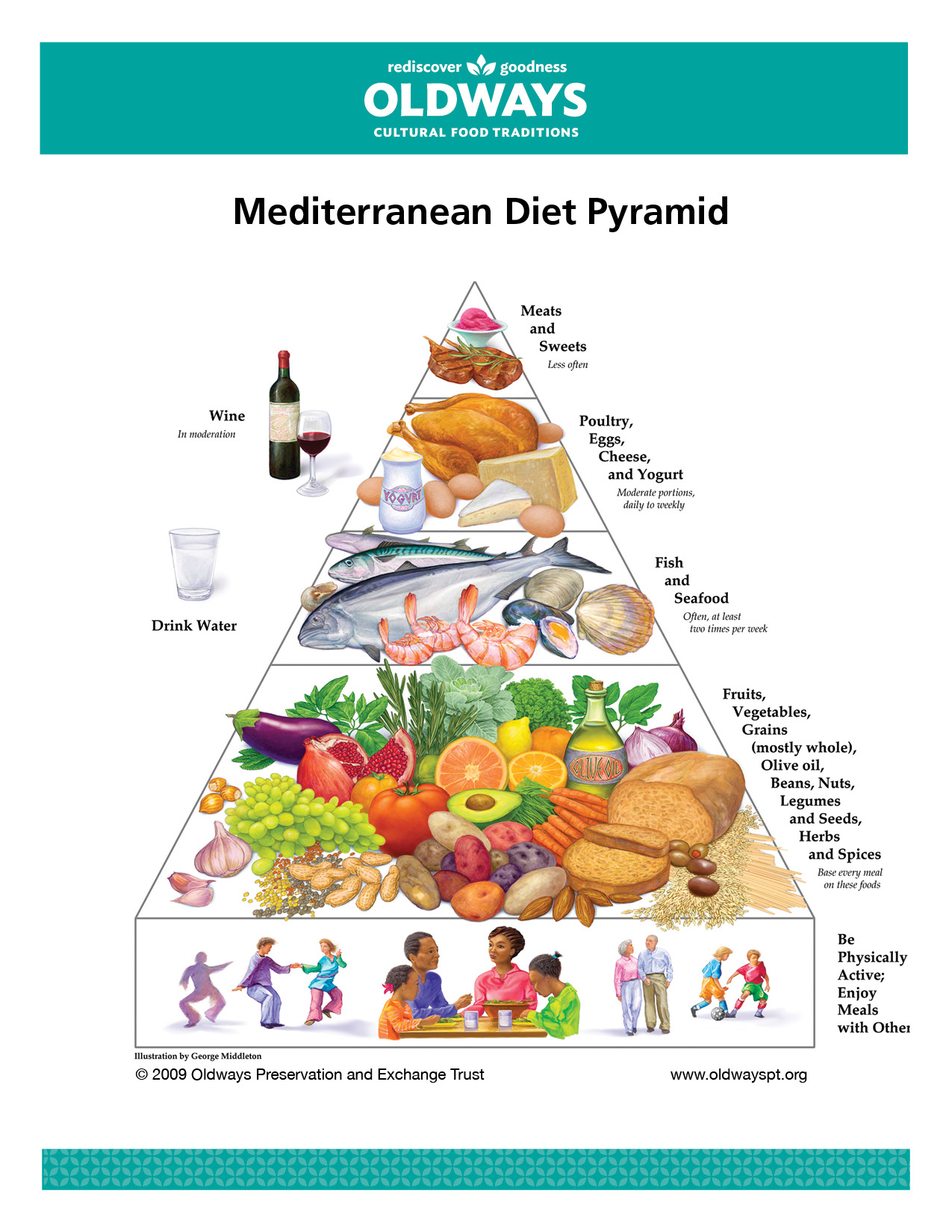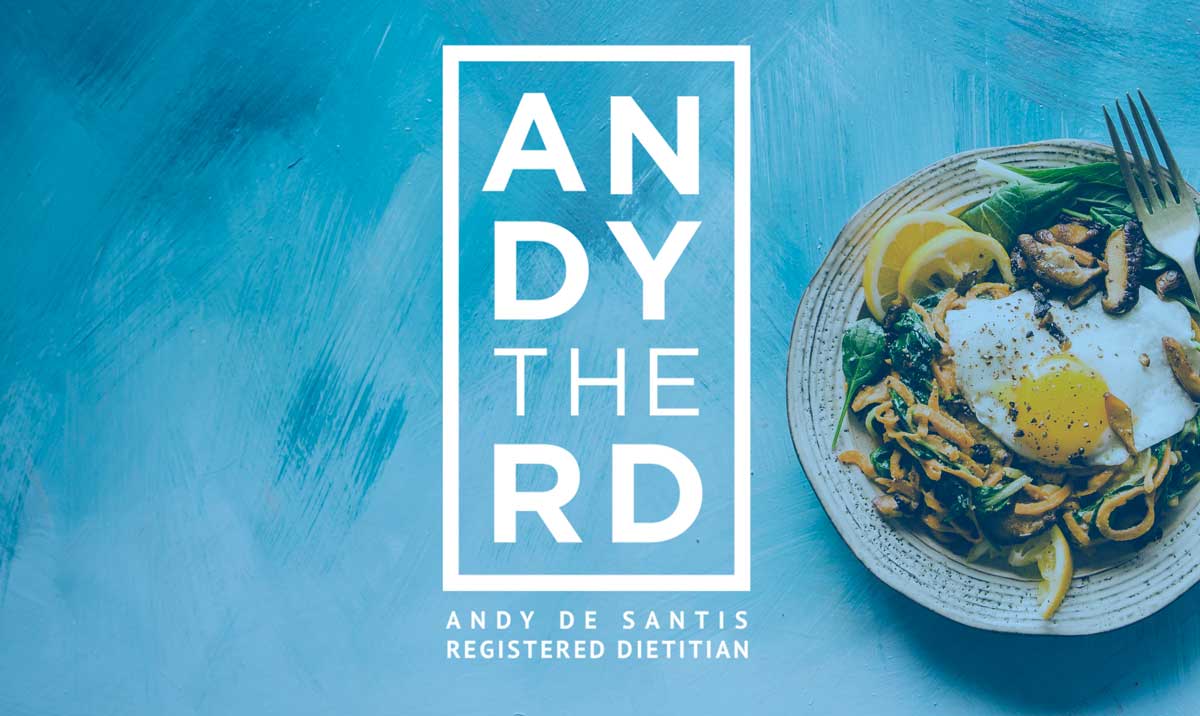The Mediterranean diet is the primary dietary pattern recommended by the 2020 ESPEN Practice Guidelines For Clinical Nutrition In Liver Disease for those living with NAFLD hoping to improve insulin sensitivity and reduce fat storage on the liver (known as steatosis).
Today’s article won’t likely be the first time you’ve heard about the Mediterranean diet (med diet), but it may be the time it resonates more than the rest.
Keep in mind that, my new Essential Diet For Fatty Liver, I go into some of the content below in greater detail but today’s blog post is a great starting point.
The book ships during the last week of May but is available for pre-order today!
1) What A Med Diet Entails
The Mediterranean Diet, as I see it, essentially asks you to change how you view the frequency with which you consume certain foods.

It asks you to:
Start looking at nuts, seeds and legumes (lentils, chickpeas, kidney beans,tofu) as foods to be consumed daily.
Most people don’t currently look at them in this way.
In my new book I explain at greater length why these particular foods are so helpful for NAFLD, so that aspect of it makes sense.
It also asks you to change the way to look at animal protein, for those who consume it, by looking at fish and seafood as multiple times weekly foods (thereby increasing your omega-3 intake) and start to aim to consume these foods with much greater frequency.
2) Why It Helps With NAFLD
The Mediterranean diet increases your exposure to dietary fibre and various types of healthy fats (monounsaturated, omega-3 polyunsaturated) and reduces your exposure to saturated fat ( such as found in red/processed meat).
I explain why this dietary reorientation is so important at greater length in my new book, but suffice to say that sufficient evidence exists to support the notion that more closely adhering to this style of eating can improve insulin sensitivity, reduce liver fat build up and minimize inflammation/scarring (fibrosis).
These are, quite frankly, exactly the type of changes someone living with NAFLD wants to strive for to maintain optimal health and prevent further progression of the disease.
OH, and all of these benefits have been demonstrated to occur in the absence of weight loss, reinforcing that there’s much more to healthier eating and living than focusing on that.
These claims, which I explore further in the book, are supported by multiple studies (1,2,3,4,5,6).
3) How To Employ It
Not to be lame, but my new book helps with this too.
With 50 recipes specifically crafted to meet these criteria, you won’t be short on ideas.
But let’s do a little experiment.
So I’ve essentially said that fish and legumes are the two under-consumed aspects of the med diet that most people will need to work on.
Let’s also assume, of course, vegetables are important.
So what I’m going to do is teach you how to use Google to help.
I’m going to pick a legume (chickpeas), a fish (salmon) and a vegetable (broccoli) – I’m then going to type into Google ” chickpeas salmon broccoli”
The recipe linked below, a lovely Moroccan themed dish, was the nicest one to come up in the recommendations after this very quick search.
This type of meal is one of hundreds of examples, some of which are explored in my book, on how you can incorporate med diet principles easily and deliciously.
Oh and I repeated the experiment one more time, this time Googling “ black beans snapper bok choy” – just to demonstrate the versatility of this approach.
Recipe also linked below.
Hope it helps, but of course with my new book Google won’t be required!
https://www.foodandwine.com/recipes/snapper-black-beans-and-bok-choy




